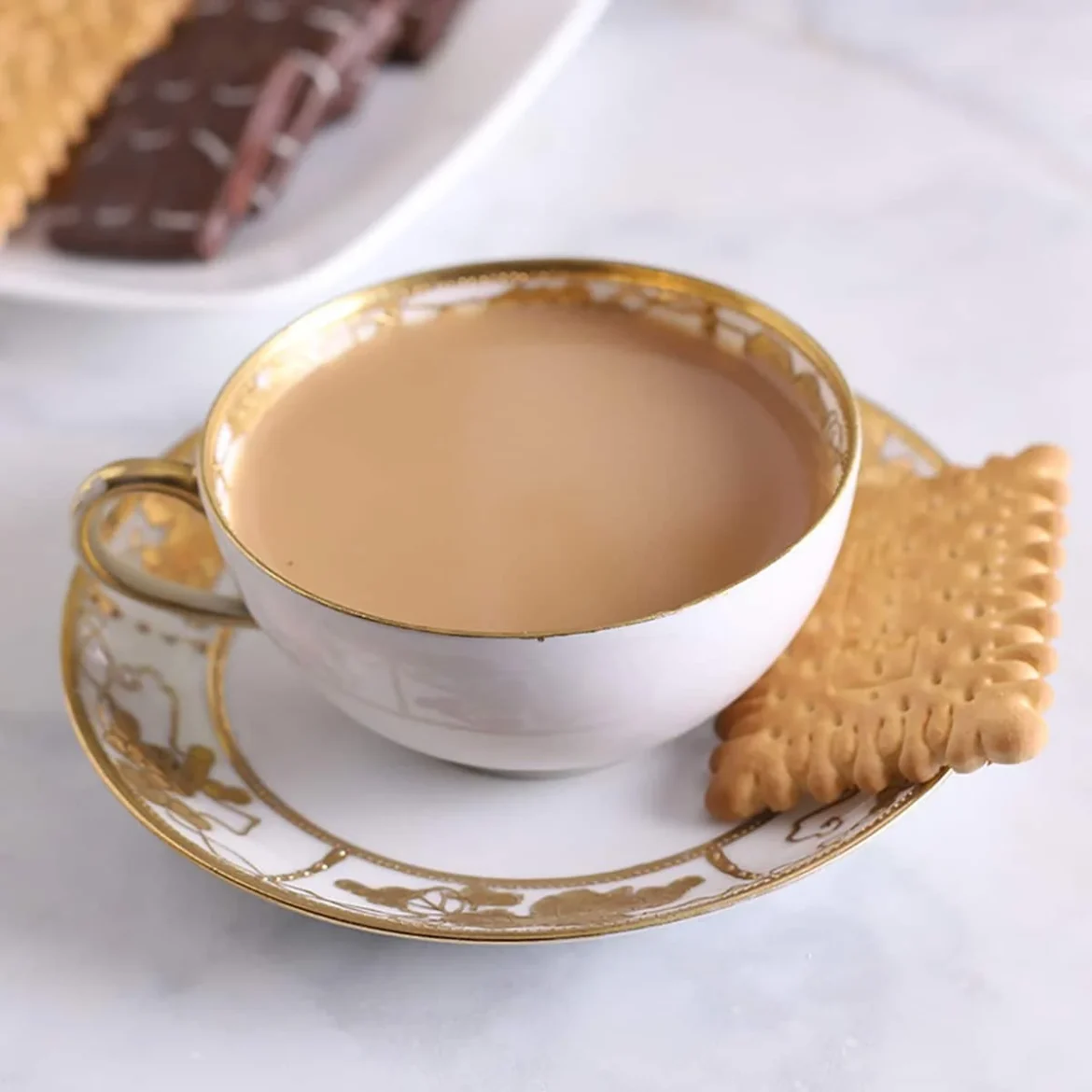Chandigarh, May 29: You know it was India who transformed the ideas of teas by adding milk and spices – reinventing the humble leaf into a global comfort drink. The evolution of tea in India is not merely a culinary journey; it’s a tale of cultural fusion, colonial enterprise, and innovation that challenged British norms and ultimately reshaped global preferences.
“Milk tea is not just a beverage in India, it’s an emotion,” says Arjun Gupta, a third-generation tea seller at Kolkata’s famed College Street. “It warms the body and soul. Our version of tea has character—sweet, strong, spiced, and soothing.”
While tea originated in China and was embraced by the British as a light brew consumed with lemon or a dash of milk, India’s relationship with tea began under colonial compulsion. In the 19th century, the British East India Company sought to break China’s monopoly on tea by cultivating the crop in Assam and Darjeeling. What began as a commercial experiment soon led to vast plantations across India, worked largely by local labor.
Initially, tea consumption was minimal within India. The product was meant for export, and British officials maintained a strict adherence to how it was prepared and consumed. “In the early days, tea drinking was limited to the elite, and the preparation followed British customs—no milk, just a light infusion,” explains Dr. Madhavi Sen, a historian at Delhi University who specializes in colonial food culture.
But by the early 20th century, Indians began to take ownership of the brew. Railway stations, textile mills, and street corners became testing grounds for a new style of tea. Vendors, or chaiwalas, began adding milk and sugar to offset the bitterness of the black tea leaves and stretched their tea with water and spices to cater to the masses. This inexpensive and satisfying version of tea quickly found favor across class lines.
The turning point came during the Great Depression of the 1930s, when the British-owned Indian Tea Association, desperate to increase domestic consumption, began promoting tea drinking among Indians. Ironically, the very campaign that intended to increase sales of British-style tea ended up fueling India’s own invention: the milky, spiced chai.
“Tea was seen as a pick-me-up for laborers, and adding milk made it more filling,” says Sandeep Roy, a tea researcher based in Assam. “Soon masala chai became a household staple, with each region developing its own variant.”
From the sweet, cardamom-laced cups of Mumbai to the strong, ginger-heavy chai of Delhi, the drink evolved with local tastes. In Kashmir, it became the salty pink noon chai; in Bengal, the light-bodied lebu cha with lemon; in South India, tea is boiled longer and stronger, often compared with filter coffee in intensity.
Even in the global context, India’s contribution to tea culture stands apart. “In Japan and China, tea is a meditative act. In the UK, it’s polite society. But in India, tea is a ritual of resilience, of daily pause amid chaos,” says Roy.
What began as a British colonial strategy has now boomeranged into a global trend. Today, cafés from New York to London proudly serve “chai lattes,” unaware that their frothy concoctions descend from India’s roadside stalls. Global chains like Starbucks and Costa have had to adapt to India’s tea habits by adding more localized options.
According to a report by the Tea Board of India, the country produced over 1.3 billion kilograms of tea in 2024, with over 80% consumed domestically. India is both the second-largest producer and consumer of tea in the world. “We are no longer just growing tea for others. We’ve created a taste the world now craves,” asserts Sujata Mehra, a tea estate owner in Darjeeling.
Despite modern café chains and designer teapots, chai remains a democratic drink. It’s found in tiny clay kulhads in villages, glass tumblers in cities, and steel cups in homes. It’s served to guests as a sign of hospitality and offered to striking workers on picket lines alike.
“Chai is the first thing you offer a guest. It breaks ice, builds relationships,” says Prerna Sharma, a homemaker in Lucknow. “Even if you have nothing else to offer, you can always serve chai.”
The drink also holds political and social symbolism. Prime Minister Narendra Modi, once a tea-seller himself, proudly invoked his humble beginnings, turning the chai stall into a metaphor for aspiration. In recent years, “Chai Pe Charcha” sessions became a part of political campaigning, further cementing the beverage’s cultural relevance.
In Indian households, the recipe for chai is passed down like a family heirloom. Boil water, add crushed ginger or cardamom, a generous helping of milk, strong black tea, sugar to taste—and time. The longer it boils, the stronger its soul.
As the sun sets and chaiwalas light their stoves, India’s cities and villages alike pause for their evening cup—a legacy born in colonization, refined by necessity, and perfected by tradition.
“Chai is no longer just a drink,” Gupta says, sipping from a chipped glass. “It’s a part of who we are.”

